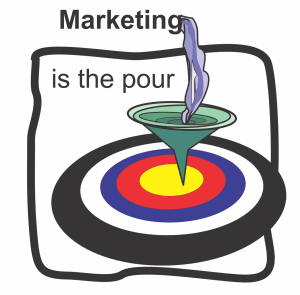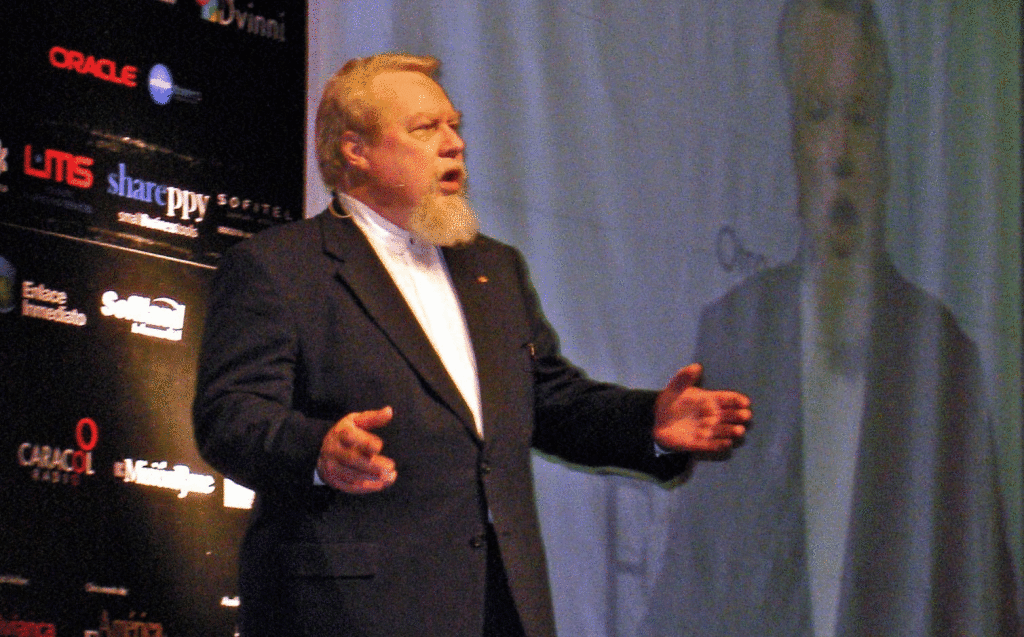 Thanksgiving weekend. The plane was full. He collapsed into an aisle seat pulled his ball cap down over his eyes, lowered the seat back and in seconds was in deep slumber.
Thanksgiving weekend. The plane was full. He collapsed into an aisle seat pulled his ball cap down over his eyes, lowered the seat back and in seconds was in deep slumber.
When we pushed back from the gate a flight attendant tried to wake him. Three times she nudged his shoulder and said “Sir.”
It didn’t work.
Then she whispered in his ear, “Honey, wake up!”
He startled and came immediately awake.
The ladies of the lunch bunch snickered and the guys looked puzzled.
I said, “It is not an uncommon problem. Sometimes, no matter what we do we can’t seem to get their attention. The answer is in finding the emotional hook that penetrates deep into their psyche.”
“A female voice. An intimate name. A command.” Rick, our Direct Marketing wizard noted. “That, my friends, is one delicious call to action. It works because it operates way below the logical level. It taps into the old brain, the one that causes us to bolt and run at the appearance of danger or to leap up to rescue the maiden.”
“You might could say that stewardess got that fellow’s attention,” said Rob. Rob looks like the Gerber Baby after about 50 years and is our bouncing branding expert. He went on, “Much as I preach at y’all about branding this is one of those areas where I stand in awe of folks like Rick. When you have to make the sale in print or on the air or on-line knowing how this sort of thing works is worth every penny ya’ got to pay for it.”
“Thanks, Bubba,’ said Rick.
“If you two start holding hands I’m going for an ice bucket,” said Kate our sales doyen. “So why did you bring this up Fletch?”
“Because I was trying to figure out how to help an acquaintance in an Agency in China who had noted a sales problem in his operation. He and his sales manager were concerned about the necessity of making a bunch of cold calls and having to generate lists of folks to call on. This is a digital agency that landed a few whales to get started but now those projects are running out and they are discovering that professional service businesses, like agencies, need rainmakers.”
Gail our resident copywriter and editor piped up, “And they need to know how to network to new business.”
I said, “The way you do that in my book is:
- Go where the money is
- Sell what they want to buy
- Do it again.
That works in all businesses not just professional services but the key to get the contract is to find that emotional hook that pushes the new prospect to take action. My acquaintance understands nurturing a market for a client but doing the work got in the way of finding a way to sign up new business. ”
“And the moral to that story, “said Rick, “is that no matter what business you are in the call to action is critical. If you can’t get them to move you have no business. Even in business to business situations an emotional hook performs better than anything else. Always.”
Jerry Fletcher focuses on making the techniques of enterprise level marketing available to entrepreneurs, professionals and small businesses. His consulting website is www.JerryFletcher.com
Jerry speaks professionally on Networking, Marketing and Contact Relationship Magic internationally. His speaking website is: www.NetworkingNinja.com









